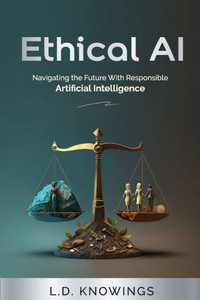In the ever-evolving landscape of technology, Artificial Intelligence (AI) stands as a testament to human ingenuity. Often depicted in science fiction as futuristic robots or sentient beings, AI is a multidisciplinary field that has, in recent years, made rapid advancements, reshaping the way we live, work, and interact with the world. This introduction aims to shed light on the fundamentals of AI, its historical context, and the swift progress it has made, illuminating the profound impact it has on various aspects of society. Understanding Artificial Intelligenc At its core, Artificial Intelligence refers to the simulation of human intelligence in machines that are programmed to think, learn, and problem-solve like humans. This includes tasks such as visual perception, speech recognition, decision-making, and language translation. AI technologies are designed to process vast amounts of data, recognize patterns, and make informed decisions, often outperforming human capabilities in specific tasks. Historical Context The roots of AI can be traced back to ancient civilizations, where myths and legends often depicted artificial beings imbued with human-like qualities. However, the formal development of AI as a field of study began in the mid-20th century. In 1956, the Dartmouth Conference marked the birth of AI as a discipline, bringing together visionaries like John McCarthy, Marvin Minsky, Nathaniel Rochester, and Claude Shannon. Early AI research focused on symbolic reasoning and problem-solving, laying the foundation for expert systems and rule-based AI.
- | Author: Amir Malik
- | Publisher: Self-Publisher
- | Publication Date: Nov 08, 2023
- | Number of Pages: NA pages
- | Language: English
- | Binding: Paperback
- | ISBN-10: 9358686537
- | ISBN-13: 9789358686531






